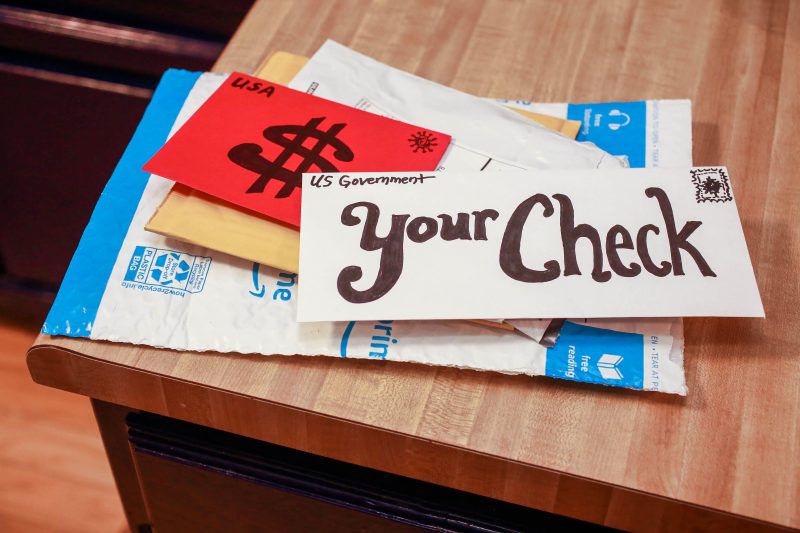- New federal stimulus payments of up to $600 per individual will go to taxpayers with a direct deposit first.
- If you have not joined the IRS by direct deposit for tax refunds or throughout the very first round of stimulus payments, you’ll likely have to await a paper check.
After six months of political haggling, the federal government will send a lot of Americans a second pandemic-related stimulus payment.
The quickest method to get that cash? Direct deposit, says the Internal Revenue Service.
“Direct deposit is the best and fastest way to get a payment, consisting of a tax refund,” according to the IRS.gov web page on Economic Impact Payments.
Under the legislation approved by Congress late Monday and sent to President Donald Trump for his signature, grownups who made under $75,000 a year in 2019 would get $600, as would each dependent child, with smaller sized quantities for those making up to $87,000.
Treasury Secretary Steve Mnuchin told CNBC on Monday the very first payments could be sent out early next week. Those who have currently set up direct deposit for tax refunds must be among the first to see the money arrive in their accounts.
“If you got a direct deposit of your refund based on your 2019 tax return, the Internal Revenue Service has sent your payment to the bank account offered on the most recent income tax return,” the IRS website said in regard to the very first round of stimulus payments in May.
Time Out Current Time:43/ Duration 2:57 Loaded: 83.25% Unmute 0 Full screen How you can conserve $1 million for retirement Click to expand
You will have to wait on a sent by mail paper check if the Internal Revenue Service does not have bank information for you, or if the bank account you had on file with the company has been closed or the account info provided is inaccurate, among other reasons.
As of now, there is no other way to establish direct deposit specifically for the next stimulus payments if you have not currently been getting tax refunds that method or are not amongst the 14 million individuals who previously registered payment information via 2 online tools the IRS built this spring to collect banking and contact info from nonfilers.
If you have not yet gotten your first stimulus payment from May, you can inspect its status utilizing the Internal Revenue Service “Get My Payment” tool at https://www.irs.gov/coronavirus/get-my-payment.
For the status of the $600 payments and whether you’ll get them by direct deposit, the Internal Revenue Service advises examining IRS.gov for additional updates once the $908 million stimulus offer is officially signed into law and up and running.









